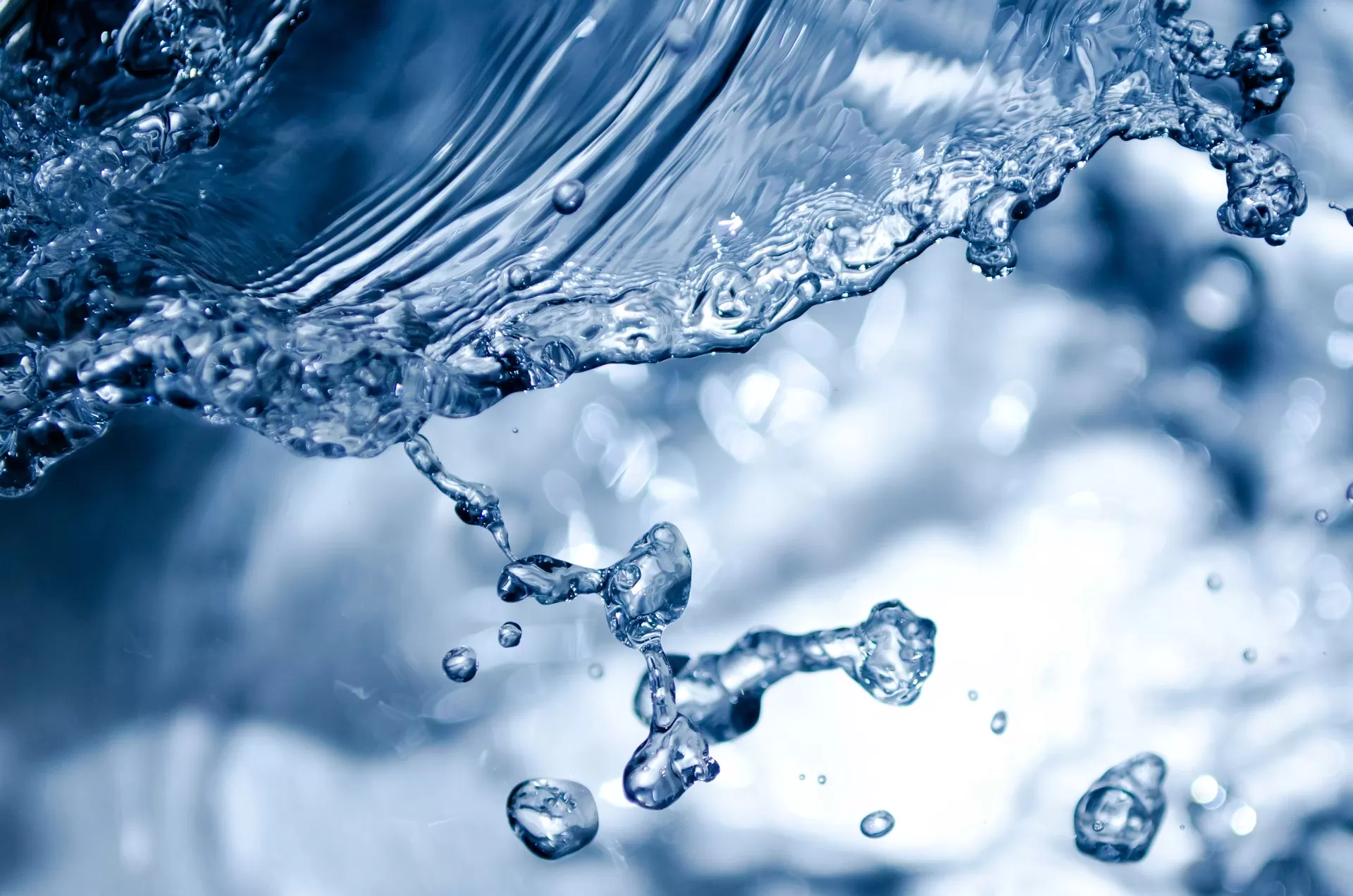

We all need water to live, function, and survive. But did you know that all water isn’t created equal?
We use water for more than drinking and cleaning. Naturally, we have tap water, filter water, saltwater, freshwater, and so on.
We also have the lesser-known bacteriostatic water and sterile water.
What is bacteriostatic water? What is sterile water?
Find out more below to learn about bacteriostatic water vs. sterile water!
Sterile water refers to any water that lacks microorganisms or microbes. Microbes include live entities, like bacteria, viruses, fungi, etc. So we only use this type of water once, because it fails to remain sterile once exposed to the environment.
Sterile water’s pH sits between 5.0 and 7.0. Anything past 7.0 is more basic while anything below is more acidic.
Scientists and medical professionals use sterile water for various injections, like intravenous, intramuscular, and subcutaneous ones. This makes sterile water useful to clean wounds too. Experts can also use such water in various experiments since the sterility decreases the risk for contamination.
We consider bacteriostatic water as something that stops bacterial growth. This water contains the aromatic alcohol benzyl alcohol at 0.9%. We may also use bacteriostatic water for different injections or reconstitutions (mixtures with some other liquid) with minimal side effects from patients.
We consider such water as non-pyrogenic, so patients should have normal body temperatures, fever-free. Otherwise, they should switch to sterile water.
Bacteriostatic water’s pH sits between 4.5 and 7.0.
Scientists and medical professionals like to use this water because they can reuse it many times within 28 hours. As such, we can buy bacteriostatic water quite easily.
So when should we use each respective water, and do any other significant differences or similarities exist?
Generally, sterile water has a broader scope. Some patients have allergies to benzyl alcohol, which makes sterile water their only option.
Scientists and medical professionals can also only use bacteriostatic water for injections, while sterile water allows for injections and wound irrigations.
Additionally, experts in the healthcare field must always use sterile water with newborns.
Now, both waters do overlap in some ways. We use them both for different injections, dilute both with another solvent/drug, and consider both as non-pyrogenic (neither should cause fevers).
So we can administer both to the majority of the population (aside from those with benzyl alcohol allergies and newborns): all sexes, genders, races, and other demographics can handle both waters.
Bacteriostatic water vs. sterile water boils down to key differences and similarities. Today, they each have robust uses in the healthcare and scientific fields.
We should always use each water for their respective purposes. These work in tandem with the diluted solvent(s)/drug(s) to optimize patient experience and potency.
To read more about related topics, check out the other articles on our website!
Erectile dysfunction (ED) is a common issue that affects millions of men worldwide. Fortunately, medical…
Cialis Soft Tablets have emerged as a favored solution among individuals seeking relief from erectile…
Baseball betting is nothing like soccer. If you love doing your research and paying attention…
Do you know that feeling when your buddy sees a streamer betting big on a…
Burnt-on grease isn't just an eyesore. It stinks up the kitchen and makes cooking a…